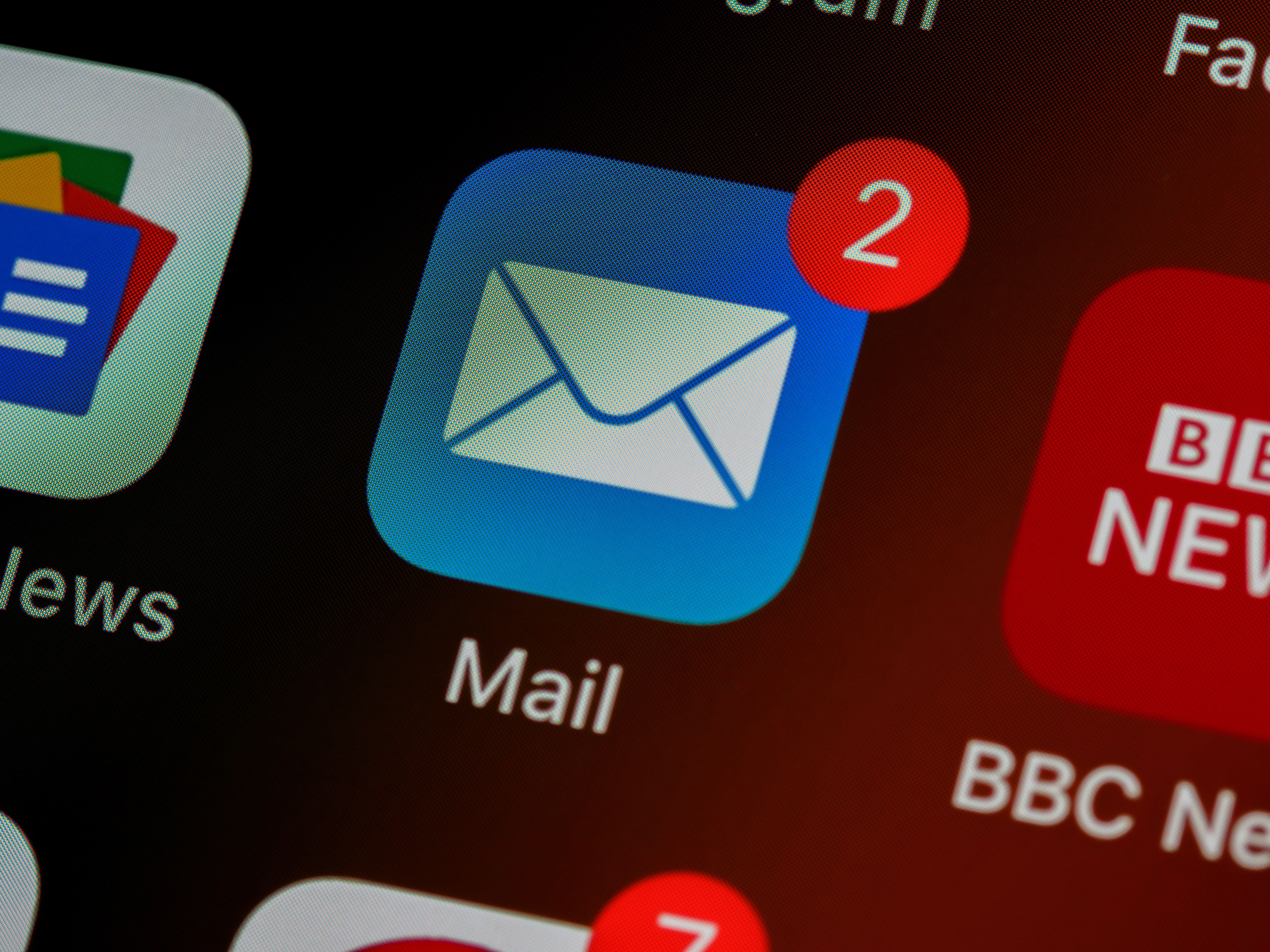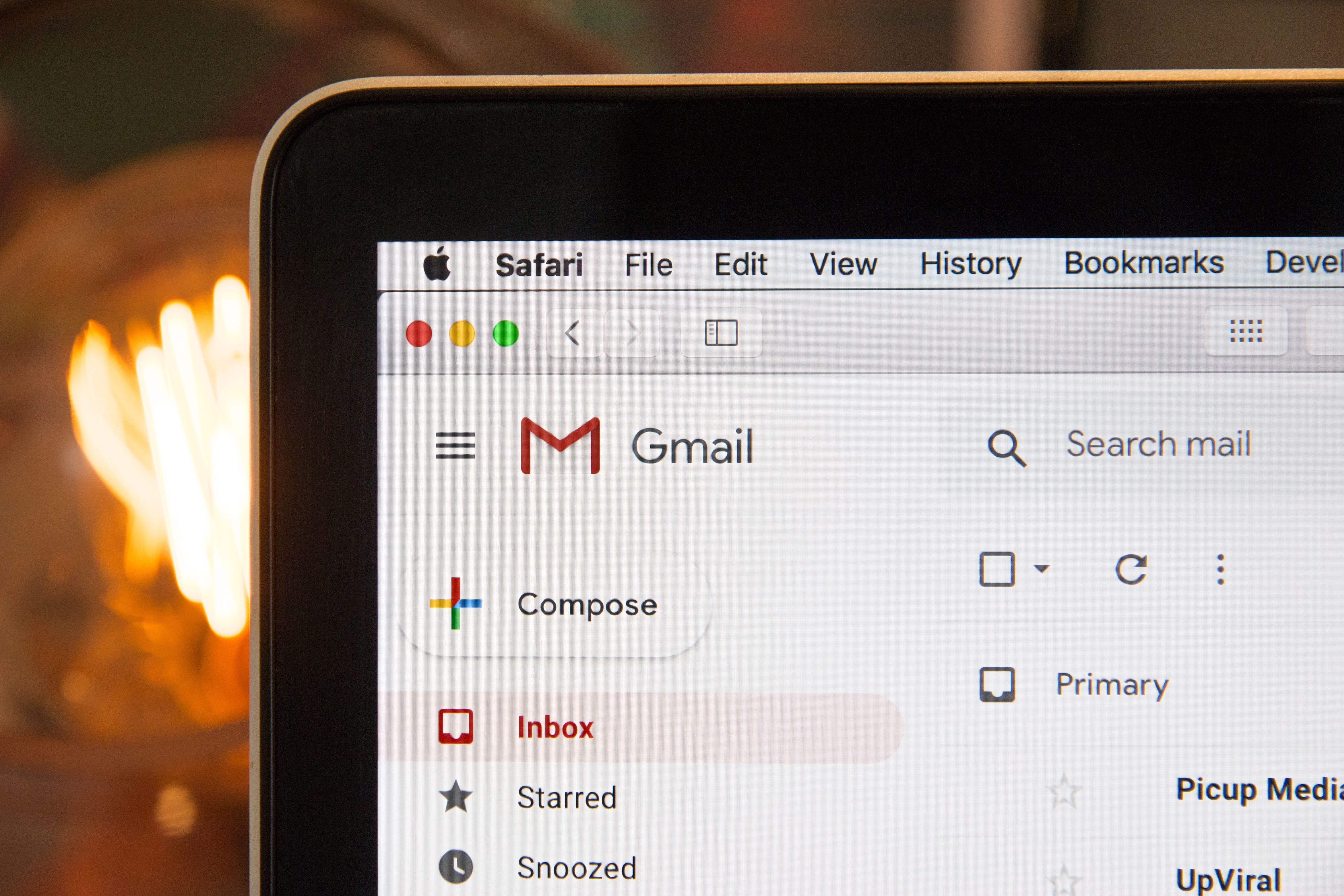
Email Marketing for higher education, when done right, can be a powerful tool for achieving these goals. However, crafting compelling email content that resonates with your target audience requires a strategic approach. To help you navigate this landscape, we've compiled 8 essential tips for writing email marketing content that will elevate your higher education institution's outreach efforts.
Benefits of email marketing for higher education institutions

Email marketing offers several benefits for higher education institutions, making it a valuable tool for communication and achieving various goals. Here are some of the key benefits of email marketing in the higher education sector:
Cost-effective way to reach a large audience
Email marketing stands out as a cost-effective means for institutions to communicate with a vast audience. Traditional methods, such as print materials or physical mail, can be both time-consuming and expensive. Email marketing allows institutions to save on resources while still reaching a broad spectrum of students, alumni, faculty, and other stakeholders.
Allows institutions to send tailored messages to specific groups
One of the significant advantages of email marketing is its ability to send personalized messages to specific groups. Higher education institutions can segment their audience based on factors such as academic interests, alumni status, or engagement levels. This tailored approach ensures that recipients receive content relevant to their needs and interests.
Quick and efficient way to communicate
Email marketing provides a swift and efficient means of disseminating information, whether it be about important deadlines, campus updates, or event announcements. This instant communication fosters a sense of connectivity among the institution's community.
Allow personalization and tailoring content
Email marketing platforms enable institutions to personalize messages, addressing recipients by their names and tailoring content based on their preferences. This personalized touch enhances the overall communication experience and makes recipients feel valued and engaged with the institution.
Allows information to be sent in bulk through automation
Automation features in email marketing platforms allow institutions to send information in bulk without sacrificing personalization. Whether it's sending newsletters, event invitations, or updates, automation streamlines the process, saving time and ensuring consistency in communication.
Effective way to reach prospective students
For higher education institutions, attracting prospective students is a continuous effort. Email marketing serves as an effective tool for reaching out to potential applicants, providing them with valuable insights into academic programs, campus life, and other aspects that influence their decision-making process..
Great way to promote community events
Email marketing serves as a vibrant channel for promoting community events within the institution. From academic lectures and workshops to cultural and sports events, institutions can use email campaigns to create awareness and encourage participation, fostering a sense of community spirit.
Useful for collecting feedback and surveys from students
Higher education institutions can leverage email marketing to collect valuable feedback from students, alumni, and other stakeholders. Surveys conducted through email provide insights into the satisfaction levels of the community, helping institutions make data-driven decisions to enhance the overall academic experience.
Great way to highlight the achievements of students, teachers and everyone involved in the institution
Email marketing allows institutions to showcase the achievements of students, faculty, and other members of the academic community. Whether it's highlighting research breakthroughs, successful alumni stories, or accolades for faculty members, email campaigns serve as a platform to celebrate and share these accomplishments with a wide audience.
Related article: Best Practices for Email Marketing in Higher Education
Our 8 tips for writing email marketing content for higher education institutions
Writing effective email marketing content for higher education institutions is essential to engage your target audience and achieve your goals. Here are seven tips to help you craft compelling and impactful email content:
Segment your audience
Understand that your audience is diverse, comprising prospective students, current enrollees, alumni, and various stakeholders. Tailor your email content to specific segments to address their unique needs and interests. This personalized approach enhances relevance and engagement, fostering a stronger connection with each group.Start with a strong subject line
The subject line is the gateway to your email. Craft a compelling and concise subject line that sparks curiosity or addresses a specific benefit or pain point. Avoid generic or misleading subject lines, as they can result in low open rates and damage your institution's credibility.Provide valuable content
Your email content should offer genuine value to the recipient. Whether it's highlighting educational resources, showcasing success stories, or sharing relevant news, ensure that your content is informative and resonates with the interests of your audience. Quality content establishes your institution as a trusted source of information.Use a clear and engaging writing style
Keep your writing style clear, concise, and engaging. Avoid jargon that may confuse your audience, and focus on communicating your message in a way that is easily digestible. A conversational tone can make your emails more approachable and relatable, fostering a positive perception of your institution.Incorporate visual elements
People are visually oriented, and incorporating images, infographics, and other visual elements can significantly enhance the appeal of your emails. Use visuals strategically to complement your written content, break up text, and create a more aesthetically pleasing and memorable experience for the reader.Include a strong call to action (CTA)
Clearly define the action you want the recipient to take and incorporate a compelling call to action. Whether it's encouraging them to explore a program, attend an event, or donate, a well-crafted CTA guides your audience toward the desired outcome and increases the effectiveness of your email campaigns.Optimize for mobile devices
With a growing number of people accessing emails on mobile devices, it's crucial to ensure that your email content is optimized for various screen sizes. Use responsive design principles to create emails that look and function well on smartphones and tablets, providing a seamless experience for mobile users.Test and refine
Regularly test different elements of your email campaigns, such as subject lines, visuals, and CTAs. Analyze the performance metrics to understand what resonates best with your audience. Use A/B testing to experiment with variations and refine your approach over time, ensuring continuous improvement in the effectiveness of your email marketing efforts.Remember that email marketing content should be well-planned and aligned with your institution's goals and messaging. Additionally, maintaining consistency in your email communication and sending schedule can help build trust and engagement with your audience over time.
Related article: Top Higher Education Digital Marketing Strategies for 2024
About LATIGID
We are a higher education marketing agency. We help you grow by increasing website traffic, generating more student leads, and closing those leads into enrollment. With a deep understanding of the latest industry trends and best practices, we are well equipped to help your institution grow.
If you are looking for a higher education marketing agency to partner with, check our page to see what we can do for you!




